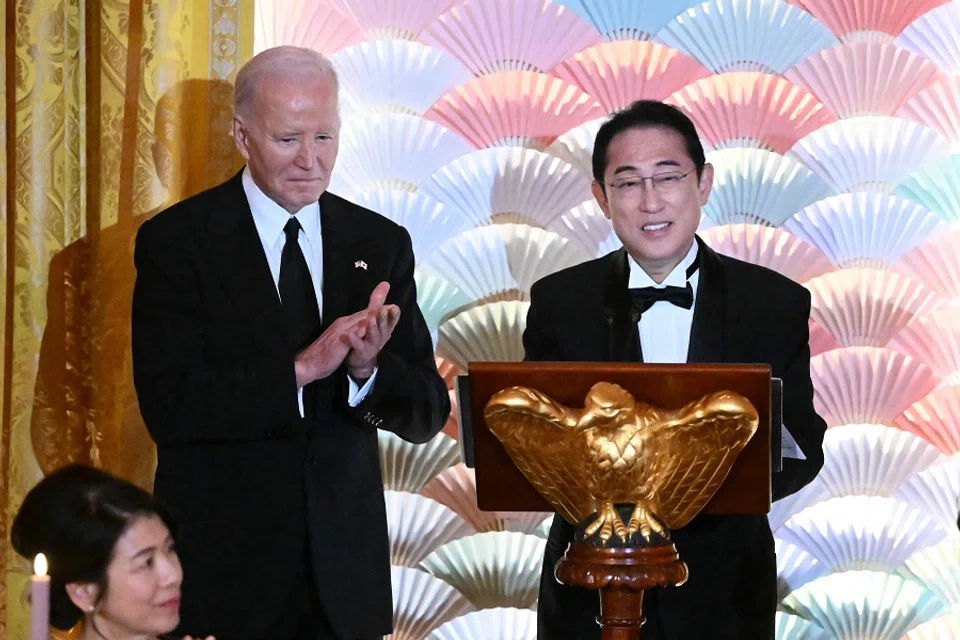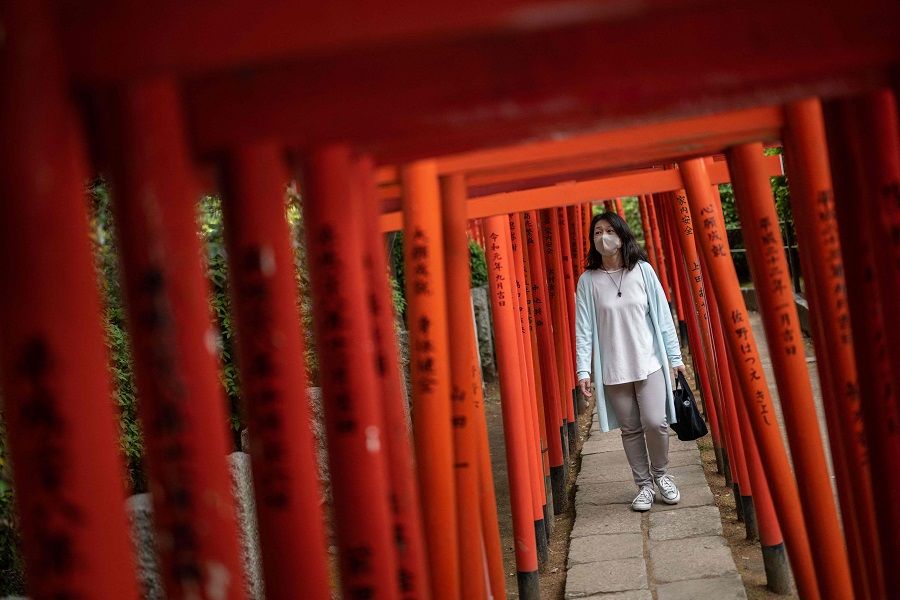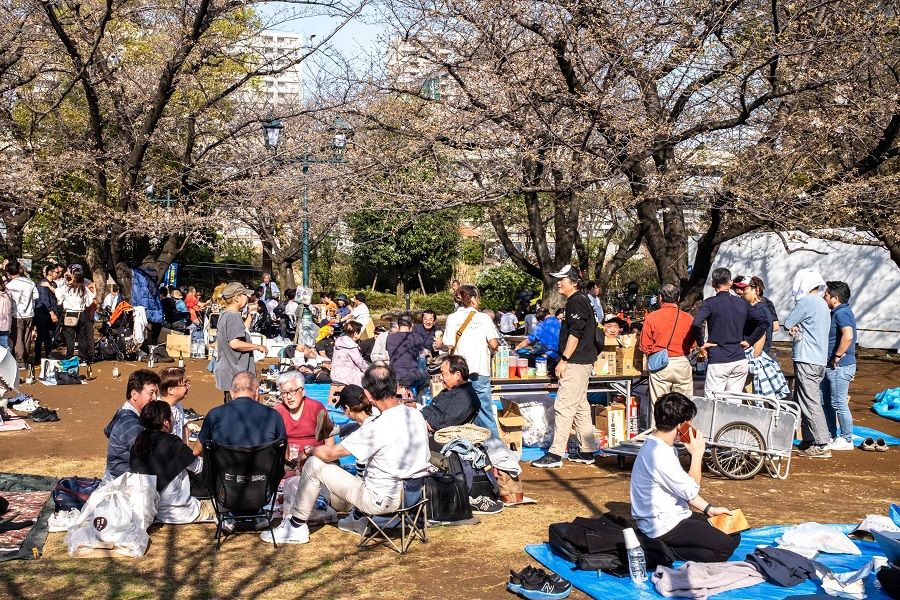An Asian NATO led by the US-Japan alliance?

At the core of US President Joe Biden’s foreign policy is the strengthening of partnerships with “like-minded” allies to contain potential strategic competitors.
Recently, the US has made breakthroughs in partnerships in the East Asia region with some of its allies, cementing an Indo-Pacific united front against China’s rise ahead of the US presidential elections, to ensure consistency in US foreign policy in case Donald Trump is elected president.
Japan will play a crucial role in this united front. Its military construction, defence industry and so forth will undergo a historic upgrade.
Japan will also become a pivotal country connecting other US allies. In addition to bolstering security cooperation with the Philippines, Japan could potentially join the AUKUS trilateral security pact, while also strengthening its ties with NATO in the future.
Looking at the current situation, the most likely countries to form a multilateral alliance with the US would be Japan and the Philippines, because both have maritime territorial disputes with China.
The US shifting its focus
Since the Cold War era, the US has forged security alliances with several Indo-Pacific countries, such as Japan, South Korea, Thailand, Philippines and Australia, and has also given Taiwan concrete security assurances. But these alliances have always been bilateral rather than multilateral ones — even as the US offers direct security assurances to these allies, there is no existing collective security assurance among these allies, such as that of NATO.
A historical factor behind this is that during the Cold War era, the key competitor the US wanted to keep in check was the Soviet Union, and thus it established NATO in Europe and North America with the US at the helm. At that time, the state of security and international relations in East Asia were even more complicated, and there was no avenue for establishing a multilateral security alliance among various countries.

At present, the US’s strategic judgement has undergone great change, as it now views China as its biggest competitor in the world. Russia’s threat to the US is also quite significant, especially after the Russia-Ukraine war, but the decision-makers in the US saw China as the only country with the power and the inclination to change the present international rules and order.
Hence, although US attention is often distracted by conflicts in Europe and the Middle East, the decision makers strongly hope to strengthen its strategic alliances in the East Asia region, and to push for a multilateral security mechanism akin to NATO to contain China more effectively.
The precondition to the formation of a multilateral security mechanism would be a common security threat among the allies, as well as the absence of any fundamental conflict among them. Looking at the current situation, the most likely countries to form a multilateral alliance with the US would be Japan and the Philippines, because both have maritime territorial disputes with China.
The US recently held a US-Japan summit and subsequently a trilateral US-Japan-Philippines summit. In an unprecedented move, the three sides have announced economic, technological, energy and security cooperations, with strong language in their statements clearly directed at China, North Korea and Russia.
On the South China Sea issue, both the US and Japan have expressed their support for the Philippines and the 2016 arbitration ruling. Japan would also help equip the Philippines with five additional coast guard patrol vessels.
... Japan is the most powerful among US allies in the Asia-Pacific, while also a long-time geopolitical competitor of China.
Powerful ally in Asia-Pacific
In the US’s Indo-Pacific strategy, Japan holds a crucial position. This is not only because it was former Japanese Prime Minister Shinzo Abe who proposed the term “Indo-Pacific strategy”, but more so because Japan is the most powerful among US allies in the Asia-Pacific, while also a long-time geopolitical competitor of China.
Problems such as territorial disputes over the Diaoyu/Senkaku islands and historical issues remaining from the Second World War persist between Japan and China, and more recently, the dispute over Fukushima treated nuclear wastewater discharge. Conversely, Japan and the US hold the same or similar positions on many key international issues — a true “like-minded” country.

The US’s current reliance on Japan is founded on realistic concerns. Firstly, Japan is located in East Asia, close to China, whereas the US is geographically further away from East Asia, and US military bases in Japan are a key bridgehead for the US’s military power in East Asia.
Furthermore, Japan’s comprehensive national strength is considerable, with a modernised economy and industrial system, and it has extensive experience in and resources for foreign aid. Japan is also willing to strengthen its role as a major power on the international stage, especially in the security and military fields.
Japan is also a key member of a series of US-led multilateral mechanisms, such as the Quadrilateral Security Dialogue (Quad) and the G7. The power of these organisations in East Asia can be more effectively integrated through Japan.
NATO in Asia-Pacific
As a country defeated in the Second World War, Japan’s role in international security and military affairs has long been suppressed. A potential invitation to join AUKUS means Japan could in the future be involved in the nuclear military industry. The inking of the Reciprocal Access Agreement (RAA) between Japan and the Philippines later this year would also allow Japan’s Self-Defense Forces to be dispatched to the Philippines, which would be another breakthrough in Japan’s efforts to send troops overseas.
Japan’s strategic ambitions in Asia-Pacific and even the world is propped up by its ever-expanding defence spending; in the five years from 2022 to 2027, Japan’s defence spending will double to about 2% of its GDP. This signals a departure from the constraints imposed by Japan’s post-World War II peace constitution on its military capabilities. Additionally, the relaxation of restrictions on lethal weapon exports underscores Japan’s commitment to enhancing its external security partnerships.
... Japan not only realised a breakthrough in the peace constitution, it also strengthened its influence in both regional and global affairs. However, it also faces the risk of deteriorating relations with China.

Under the auspices of Japanese Prime Minister Fumio Kishida, the US-Japan alliance is constantly expanding and is becoming a new cornerstone of US security and economic alliances in East Asia, with hot-button issues such as the South China Sea, Taiwan Strait and Diaoyu/Senkaku islands all included in this alliance.
Through proactive participation in its alliance with the US, Japan not only realised a breakthrough in the peace constitution, it also strengthened its influence in both regional and global affairs. However, it also faces the risk of deteriorating relations with China.
The process of constructing a united front in East Asia by the US is far from over, and the US-Japan-Philippines trilateral summit statement is just the start of collaboration among the three sides.
Over the long term, the US hopes to establish an Asia-Pacific version of NATO, and tie it together with Europe’s NATO. NATO had long harboured plans to set up a liaison office in Tokyo, Japan — a first in Asia. When that happens, Japan’s position in the Indo-Pacific strategy would be further elevated. However, whether other US allies such as South Korea would recognise Japan’s role as coordinator remains to be seen.
This article was first published in Lianhe Zaobao as “美国扩大东亚统一战线以应对中国”.
